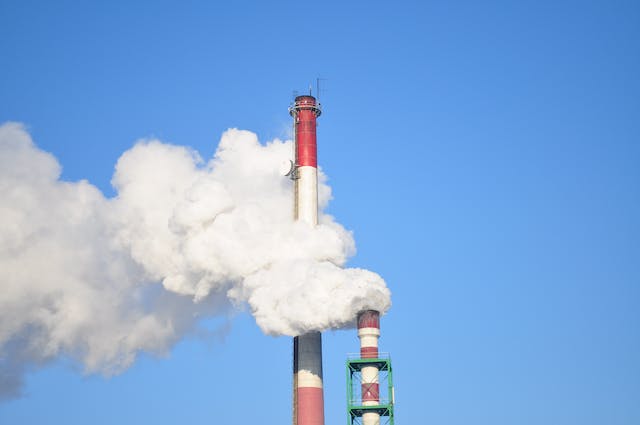
The Recorded Result Represents a Decisive Step Towards Environmental Sustainability Now Promoted by Various Countries in the Industrialized World, from East to West
In recent decades, the growing awareness of the environmental impact of industrial activities has pushed the European Union to implement policies and measures aimed at reducing greenhouse gas emissions. An encouraging sign emerges from recent data, highlighting a significant 22% decrease in industrial emissions in the EU since 2008. This milestone represents a significant step towards environmental sustainability, reflecting the joint efforts of Member States and industries to address the challenge of climate change.
The activities with the highest greenhouse gas emissions in 2022 were the manufacturing industry and the supply of electricity, gas, steam and air conditioning, both with 745 million tonnes of CO 2 -eq, equal to 21% of the total all greenhouse gases emitted. This is followed by households (718 million tonnes of CO 2 -eq; 20%), which are emitters of greenhouse gases linked to transport, heating and other purposes. Looking back, between 2008 (the first year in which the measurements were carried out) and 2022, the largest relative decrease in greenhouse gas emissions was recorded in the quarrying and mining sector (-40%), followed by the supply of electricity, steam, gas and air conditioning (-37%) and manufacturing (-28%). These are estimates for the EU economy according to air emissions accounts showing the environmental impact of the entire economy, including international transport.
The 22% reduction in industrial emissions is the result of ambitious environmental policies adopted by the EU in recent years. The 2008 Energy and Climate 20-20-20 package, for example, set key targets for 2020, including a 20% reduction in greenhouse gas emissions from 1990 levels. That initiative pushed industries to implement cleaner technologies, adopt renewable energy sources and improve energy efficiency.
The adoption of clean technologies has been a key component in the fight against industrial emissions. Businesses have invested in advanced technologies, such as carbon capture and storage (CCS) and electrolysis to produce green hydrogen. These innovations have allowed industries to maintain their production while reducing environmental impact. Financial incentives provided by the EU and Member States have played a crucial role in supporting the transition towards more sustainable production processes. The increase in the share of energy coming from renewable sources has significantly contributed to the reduction of industrial emissions. Many industries have adopted clean energy sources such as wind and solar to power their operations. Additionally, adopting practices to improve energy efficiency has become a priority for many companies, helping to reduce their overall carbon footprint.
The success of this reduction in industrial emissions was made possible thanks to collaboration between the public and private sectors. Member States have worked closely with businesses to develop effective policies and programmes, promoting the adoption of sustainable practices. The EU Emissions Trading System (ETS), for example, has created a market mechanism that encourages industries to reduce emissions by offering financial incentives to those who exceed their targets. Despite the considerable progress achieved, some challenges persist. Energy-intensive sectors, such as the chemical industry and steel production, continue to pose a significant challenge to achieving more ambitious goals. However, the 22% reduction in industrial emissions provides a solid foundation on which to build, encouraging further investment in research and development to address remaining challenges.
The 22% decrease in industrial emissions in the European Union since 2008 is an extraordinary achievement that reflects the joint commitment of Member States and businesses towards environmental sustainability. Forward-looking environmental policies, investments in clean technologies, the growing use of renewable energy and energy efficiency have contributed to this success. However, it is essential to maintain this positive dynamic and address remaining challenges to ensure a sustainable future for generations to come.
Over the past 10 years, Italy has reduced its industrial emissions by almost 22%, from 303.7 Mt CO2e in 2012. A first noticeable reduction in 2013-14 can be attributed to the aftermath of the 2011 crisis. The national industrial sector went from 303 to 254 Mt CO2e in just 24 months, a drop of about 17%.
A path that is certainly suffering a setback in the last period due to the Ukraine crisis, but which marks the direction for a truly green economy.
Alessandro Fiorentino



 Subscribe
Subscribe